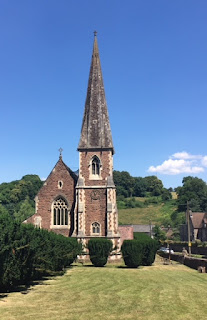The peak of Mottarone overlooks the city of Verbania on
the Lake Maggiore; the Monviso in the Maritime
Alps, as well as the Monte Rosa, can be seen on clear sky days. It is
possible reach the peak of Mottarone by car. There are two roads: the first
comes up from Armeno, west of the Mottarone summit near Lake Orta; the second,
a private toll road, begins from Alpino, a frazione of Stresa on the eastern
side of the summit.
L’Antica Strada Regina is the old Roman road
which ran from Cremona
to Milan. It was
based on an earlier trade route. the total length of the road was about 75
kilometres (47 mi) Associated with it was the road along the western shore of Lake Como across the Milanese plain, that linked up with Valchiavenna.
The name "Via Regina" (“strada regia”, royal road, hence main road) was given to it much later on and is first documented in the year 1187. Together with the waterway of Lake Como and the Po River, the Via Regina and associated paths were used by sailors, soldiers and merchants, as well as local traffic, with parts of it being suitable for vehicles, some just mule tracks, and a few pedestrian only paths.
For centuries it constituted a true “Lake Como system”, an articulate network of routes pointing northwards, to the Alpine passes, and southwards, towards Milan, the hub for the Po Valley.
The Borromean
Islands (It. Isole Borromee) are a group of three small islands and two islets in the
Italian part of Lago Maggiore, located in the western arm of the
lake, between Verbania
to the north and Stresa
to the south. Together totalling just 50 acres (20 hectares) in area, they are
a major local tourist attraction for their picturesque setting.
Their
name derives from the Borromeo family, which started acquiring them in
the early 16th century (Isola Madre) and still owns the majority of them (Isola
Madre, Bella, San Giovanni) today.
Isola Bella, named for Isabella, countess
Borromeo, was originally a largely barren rock; after first improvements
and buildings, opened by count Carlo III between 1629 and 1652, his son
Vitaliano the 6th built an attractive summer palace, bringing in vast
quantities of soil in order to build up a system of ten terraces for the
garden. The unfinished building displays paintings by Lombard
artists and Flemish
tapestries.
Isola
Madre, the
largest of the three, is also noted for its gardens, which have been maintained
since about 1823 in an English style. Its palace, though uninhabited, is
splendidly furnished with 16th- to 19th-century Italian masterpieces and
paintings.
Isola dei Pescatori or Isola Superiore is now
the only inhabited island in the archipelago.
It has a fishing village, which in 1971 had a population of 208.
Isolino di San Giovanni is located just off Pallanza
(today part of Verbania)
to the north.
The tiny
uninhabited rock of Malghera, with an area of only 200 square meters,
lies between Isola Bella and Isola dei Pescatori and offers bushy vegetation
and a small beach.






































































